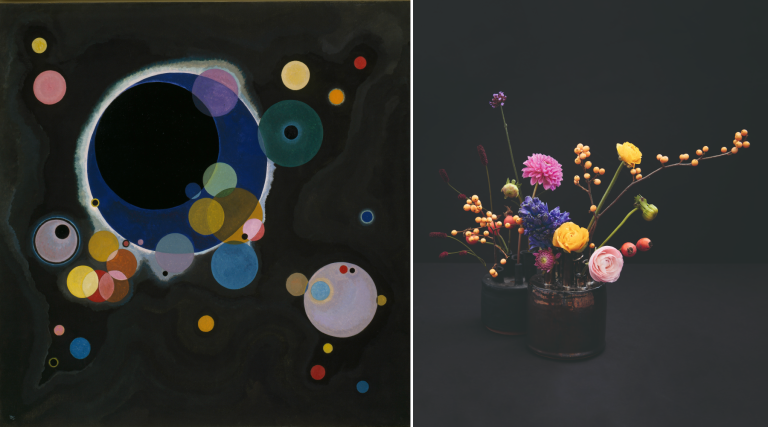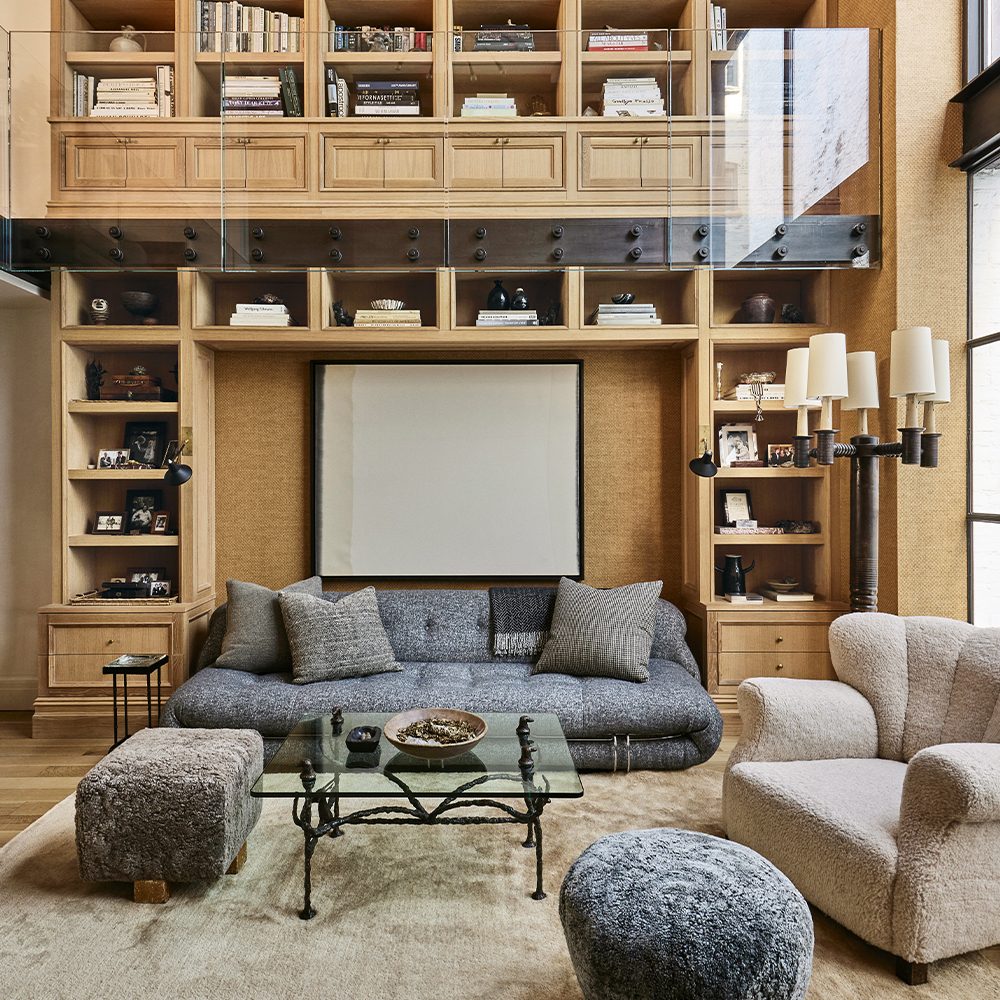
April 6, 2015John Lennon and Yoko Ono granted Japanese photographer Kishin Shinoyama unprecedented access to their intimate moments. This shot of the couple in New York’s Central Park, taken in September 1980, became the cover of Double Fantasy, their final album together. Top: The duo in the recording studio (detail). All images by Kishin Shinoyama, courtesy of Taschen
In September 1980, Japanese photographer Kishin Shinoyama traveled to New York City to document John Lennon and Yoko Ono in their adopted hometown. The photo shoots took place at three main locations: the Hit Factory recording studio in Hell’s Kitchen, Central Park and the Dakota apartment building, on Central Park West, where the former Beatle and his multi-skilled artist wife famously lived with their young son, Sean.
One of those pictures, a black-and-white close-up of Lennon and Ono kissing in the park, would become the cover of their final album together, Double Fantasy, released three weeks before Lennon was shot to death outside the Dakota. (Featuring alternating tracks by the two artists, the record went triple-platinum in the United States and won Album of the Year at the 1981 Grammy Awards.) But most of the nearly 800 photos that Shinoyama took during his two days with Lennon and Ono have remained unseen for the past 35 years.
Now, Taschen has published a selection of the images in the sumptuous volume Kishin Shinoyama. John Lennon & Yoko Ono. Double Fantasy. The 174-page book is a mesmerizing documentation of a very specific time and place in the lives of this creative power couple that shows off the keen eye of Shinoyama, who’s best known in Japan for his sensual nudes.
Kishin Shinoyama. John Lennon & Yoko Ono. Double Fantasy is available on Taschen’s 1stdibs storefront as a Collector’s Edition (limited to 1,980 copies), autographed by Ono and Shinoyama; and as an Art Edition, which comes with one of two signed pigment prints (in a run of 125 each).
Here, Shinoyama gives 1stdibs some behind-the-scenes insight into these bracing yet quietly personal photographs.
How did you get the assignment to do the photography for John Lennon and Yoko Ono’s Double Fantasy album?
I first photographed Yoko in New York for a Japanese magazine back in 1974. She really liked those photos and called me up years later. She said she wanted to have a Japanese photographer take photos for the jacket of Double Fantasy. Yoko had a strong desire to promote the work of Japanese artists globally. When she called, I was in Los Angeles, so I changed my plans and went straight to New York.
What was your visual concept for the project?
I had no grand concept for the overall shoot going into it. I simply shadowed the two of them. It was a very happy moment for John and Yoko. I think it became a wonderful record of their time together.

The couple stands at the corner of West 72nd Street and Central Park West, near the Dakota, at whose entrance Lennon was fatally shot on December 8, 1980.
Was this a big, complicated production for you?
I asked a photographer friend who lived in New York at that time to be my assistant. We used a 35-millimeter film camera. No special lighting was used. But at Central Park, no one was with us. We were alone, John, Yoko and me. Shooting with a big staff is never good. I always find I work better with fewer people around.
What roles did the Hit Factory, Central Park and the Dakota play as the three primary sites for the shoots?
The studio was a creative workplace, so there was a feeling of tension that came with it. The Dakota was a place for family, so it had a very private yet relaxed atmosphere. We went to Central Park to shoot the album cover, just the three of us. It was in the evening, and there weren’t many people around. There was a bench by the lake, and it was beautiful, so I asked them if they could take a seat and share a kiss. Shooting at these three locations really did bring out the different sides of their personalities.
How did the moods of Lennon and Ono shift between locations? The photos seem to reveal signs of exhaustion and tension while they are recording their tracks for Double Fantasy as well as intense love during their time at home and in the park.
They were very different people in the studio. Where John was soft and easy-going, Yoko moved at a brisk pace. Her style was very up-tempo, powerful and even at times aggressive. When they stepped outside of the studio, however, you could feel the harmony between them and the respect and affection they held for one another.
Their moods did shift from place to place. At the Hit Factory, they were full of activity and creative energy, but the mood at home was infused with love, as you can feel from the images. When shooting them, I took my tonal cues from this shifting atmosphere.

With its 28 alternating tracks divided equally between Lennon and Ono — 14 recorded by him and 14 by her — Double Fantasy was conceived as a sort of back-and-forth musical dialogue.
How would you characterize your rapport with Lennon and Ono while you were photographing them?
There was absolute trust between Yoko and me. They allowed me to go with them and shoot wherever they went, whatever they were doing. When I shoot, I always try to erase my existence and flow with the situation. That way, my subjects don’t mind my taking photos. So when I was with John and Yoko, I tried my best to not stand out, to hide my presence and become invisible. This was so that I could record the two of them — the time, the moment — as naturally as possible.
In the age of Instagram, three and a half decades is a long gestation period. How do the images show their age?
When shooting on film, there will always be color deterioration after 35 years. Digital photography is, of course, different. With film, you will feel the years on it — you can feel the history and passage of time.






